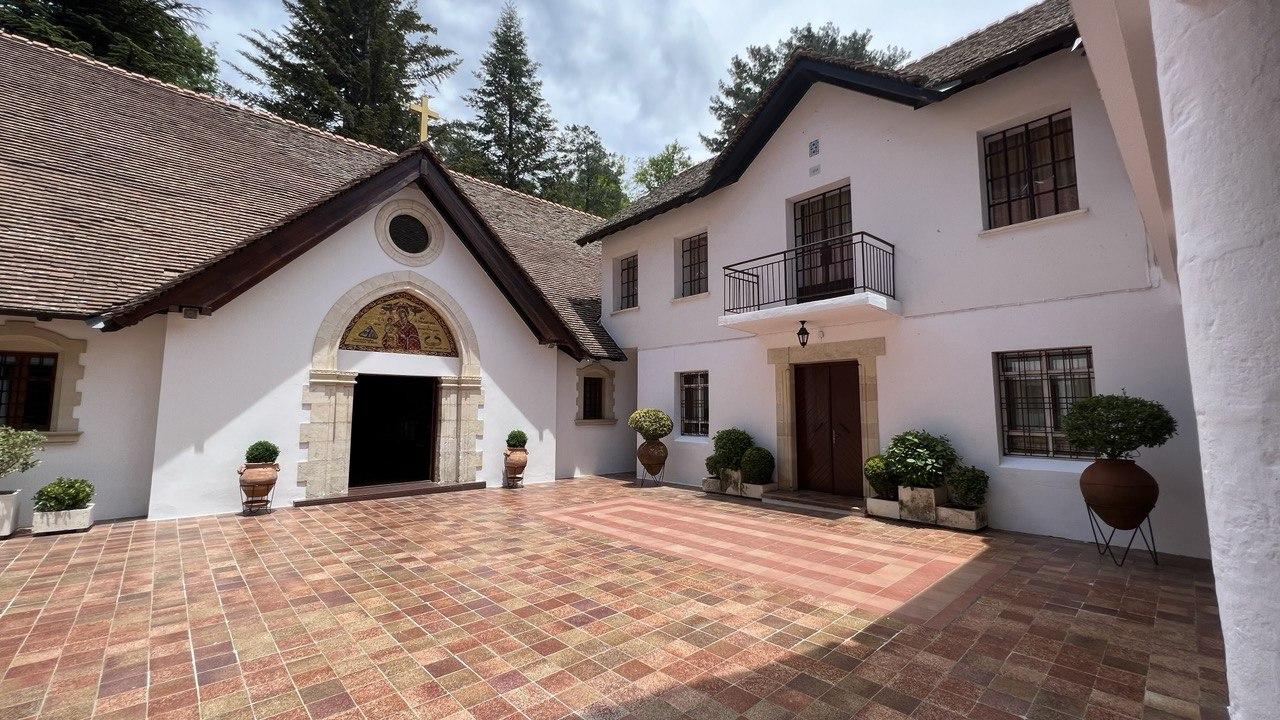Cyprus is not only a picturesque island in the heart of the Mediterranean, famous for its beautiful nature, magnificent beaches and clean sea.
It is also the cradle of Christianity. The island of the saints, whose land was one of the first in the pagan world to receive the message of Christ. Religion plays a vital role in the spiritual, cultural and economic life of all Cypriots. It is the Church of Cyprus that has struggled for centuries to preserve Orthodoxy. This has tempered and strengthened it. Today there are more than thirty active monasteries in Cyprus, most of them women's monasteries. It would take more than a year to visit them all. I suggest that you get to know some of the most interesting ones.
Monastery of Trooditissa
The Monastery of Our Lady of Trooditissa is known far beyond the borders of Cyprus. It is located between the villages of Platres and Prodromos, in the Troodos Mountains, at an altitude of 1.4 thousand metres above sea level. The monastery was founded in the VIII century. Its buildings were plundered and burnt several times and it was not until the first half of the 19th century that the monastery was fully restored and opened to the public. At present it is inhabited by 10 monks who work the land and serve God.

The monastery is not one of the religious buildings of Cyprus, impressive in scale and unique in architecture. However, the monastery houses two very important relics: the miraculous icon of the Mother of God Trooditissa and the miraculous girdle of the Virgin Mary. According to the monks, the icon was brought to the monastery from Asia Minor, while the belt was given to the church by one of the parishioners. Begging for a child, the poor childless woman put it on the life-giving icon and carried it with her until her next visit to the temple. Having experienced the joy of motherhood and wishing to thank the Mother of God, she gave the belt to the monastery. Since then the belt has been considered miraculous. It is said to cure not only infertility but also many diseases, just like the icon of the Mother of God Trooditissa.
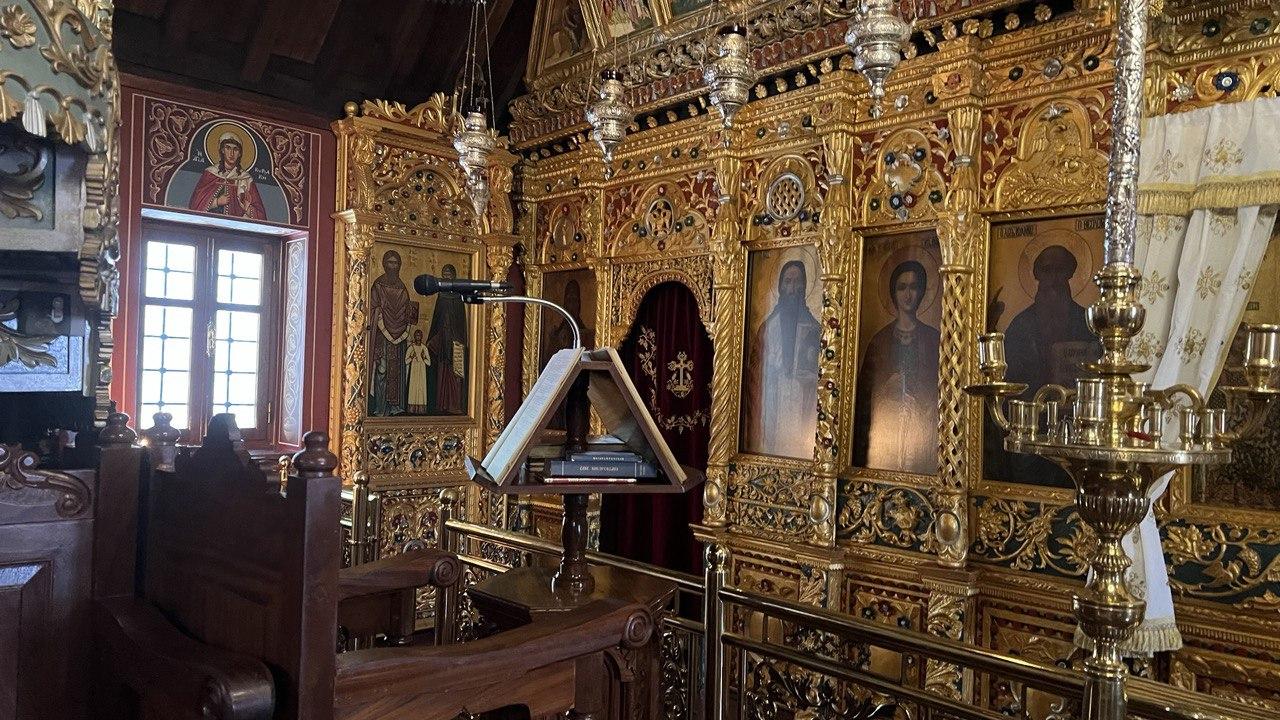
The Monastery of Panaghia Trooditissa is visited by hundreds of people with health and fertility problems. All rites are free. However, if you wish, you can leave a donation with the monks. If you are in the Troodos mountains, be sure to visit the monastery. It is an extraordinary place, full of faith and love.
Kykkos Monastery
The Monastery of Our Lady of Kykkos is the richest, most famous and "touristy" monastery in Cyprus. It is an active male stauropegial monastery. It is located in the Troodos Mountains at an altitude of 1.14 thousand metres. The monastery was founded at the end of the XI century by the Byzantine Emperor Alexis II Comnenus. During its existence it was burned down and rebuilt several times. The surviving buildings date from 1745.
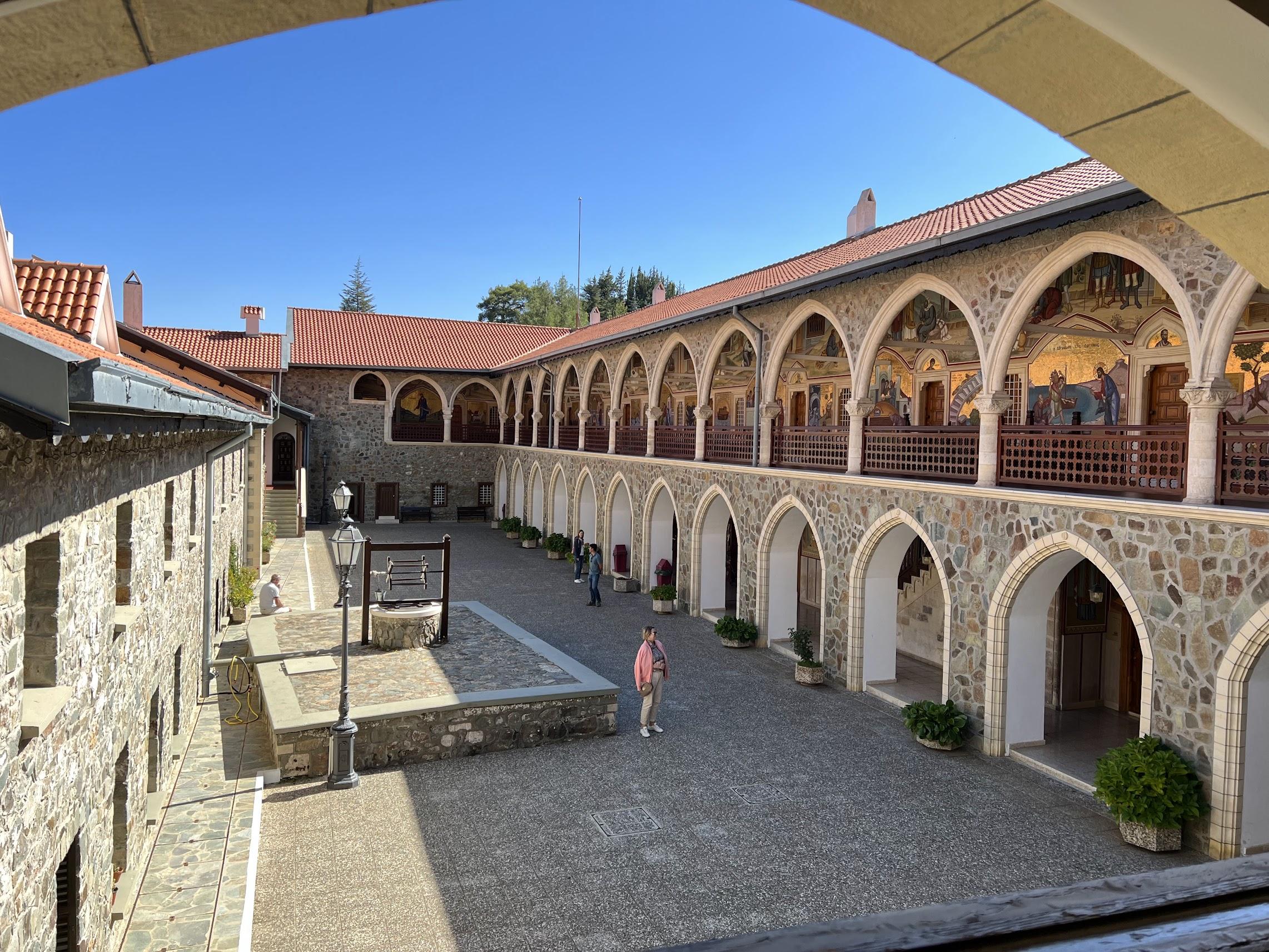
According to legend, an old hermit named Isaiah lived in one of the caves in the area. One day the Byzantine governor Manuel Vutomit was hunting in the surrounding forests and got lost. He met Isaiah and asked him for directions. But Isaiah, who had renounced all worldly things, did not answer the governor, which made him very angry. The angry governor scolded and beat the elder.
When he returned home, the vicar of Wutomite fell ill with an incurable disease. Remembering what he had done to the pious elder, he prayed to the Lord to heal him so that he could apologise to Isaiah. His prayers were answered. At the same time, the Lord visited Isaiah and instructed the elder to ask the governor of Voutomite to bring to Cyprus an icon of the Virgin Mary written by the Apostle Luke and kept in Constantinople. Manuel Voutomite and Isaiah decided to go to Constantinople together to ask the Emperor for an icon.
Suddenly, the daughter of Emperor Alexis II Komnenos of Byzantium fell ill with the same disease. The petitioners came to the Emperor and told him about the appearance of the Lord Isaiah, the illness of the vicar and the miraculous healing. The emperor, hoping for a miracle, agreed to send the icon to Cyprus. Suddenly his daughter was miraculously healed.
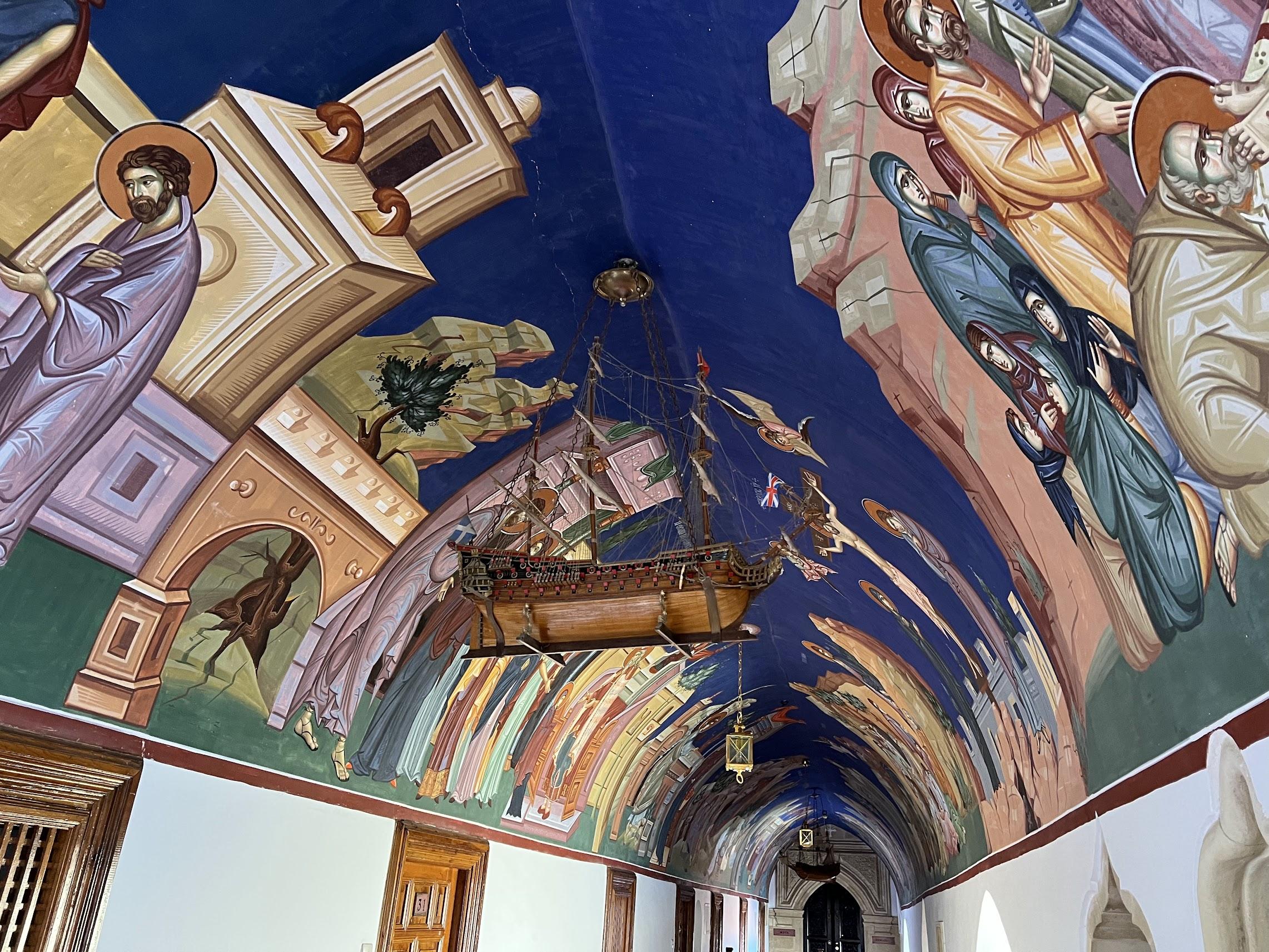
Emperor Alexis II did not want to part with the life-giving icon, so he had a copy made and sent it to the island. During the night, the Mother of God appeared to him and told him to send the icon to Cyprus and leave the copy in Constantinople. He obeyed. The next day the icon left for the island. And with the funds allocated by the Emperor, the monastery and church were built in Cyprus, where the icon is kept to this day. The face of the icon is always closed, either out of reverence or by order of Emperor Alexis II Komnenos. It is said that it is better not to try to see it, because it can blind you. But no one forbids you to stand before the holy relic and pray. It is said that the icon works real miracles.

Monastery of the Holy Cross
In the village of Omodos, about 900 metres above sea level, there is a unique Monastery of the Holy Cross. It was founded at the beginning of the IV century by St Helena. She was the mother of the Roman Emperor Constantine and was on her way from Palestine. She was caught in a terrible storm off the coast of Cyprus. After being rescued and successfully landing on the shore, Helen thanked the Lord. The angel who appeared to her commanded her to found a monastery and 5 temples on the island. The woman did so. To each of them she gave a part of the Life-Giving Cross. In any case, part of the Tree of Agony was given to the monastery by Helen during her visit, and it has remained its main shrine and pride throughout the monastery's history.
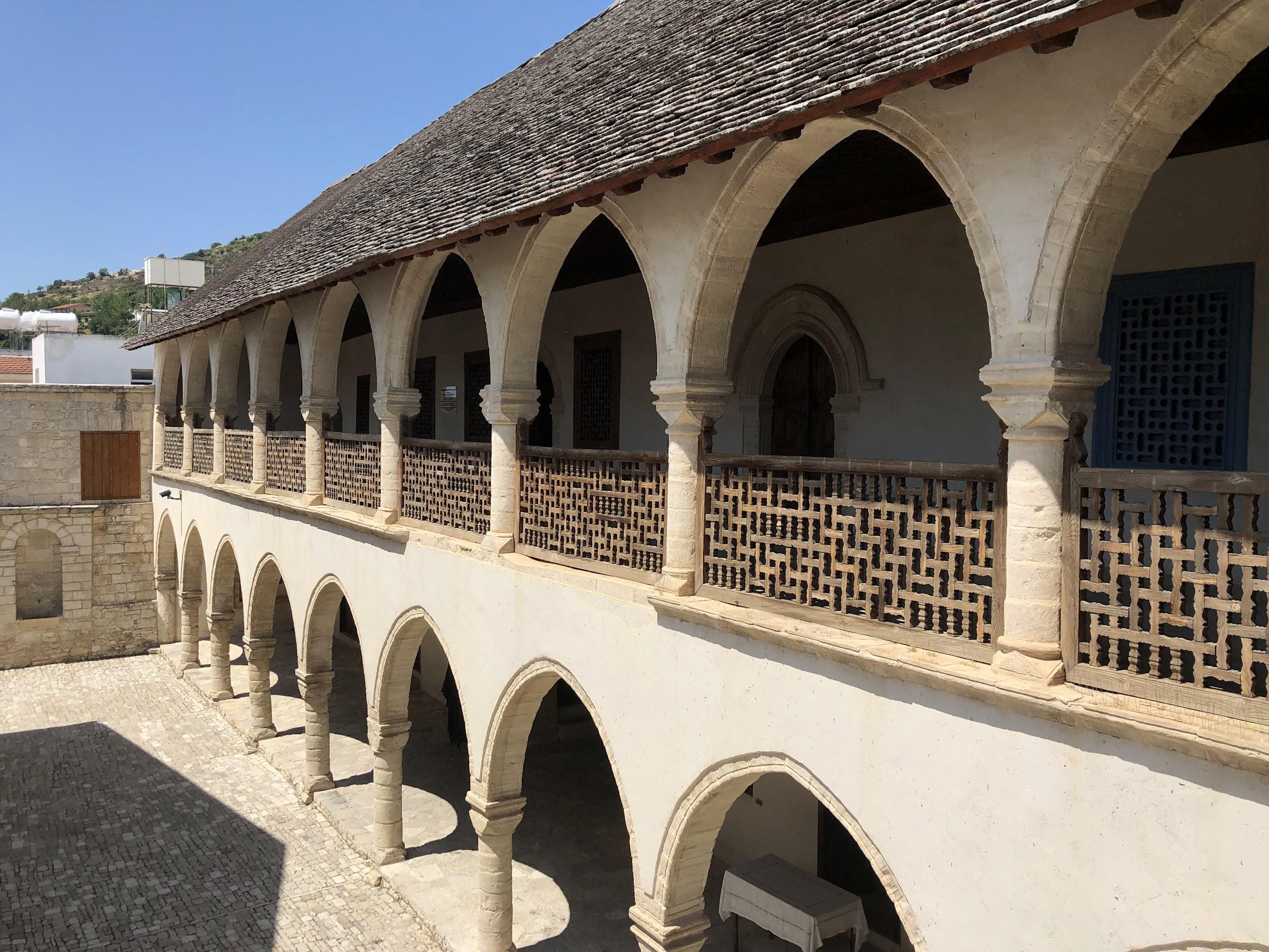
The monastery complex began to take on its modern appearance in 1816, and by the middle of the 19th century the old Byzantine church had been completely rebuilt and replaced by a massive three-nave vaulted basilica, reinforced with arches and ribs inside and with arched niches outside, with large windows allowing natural light to enter the building.
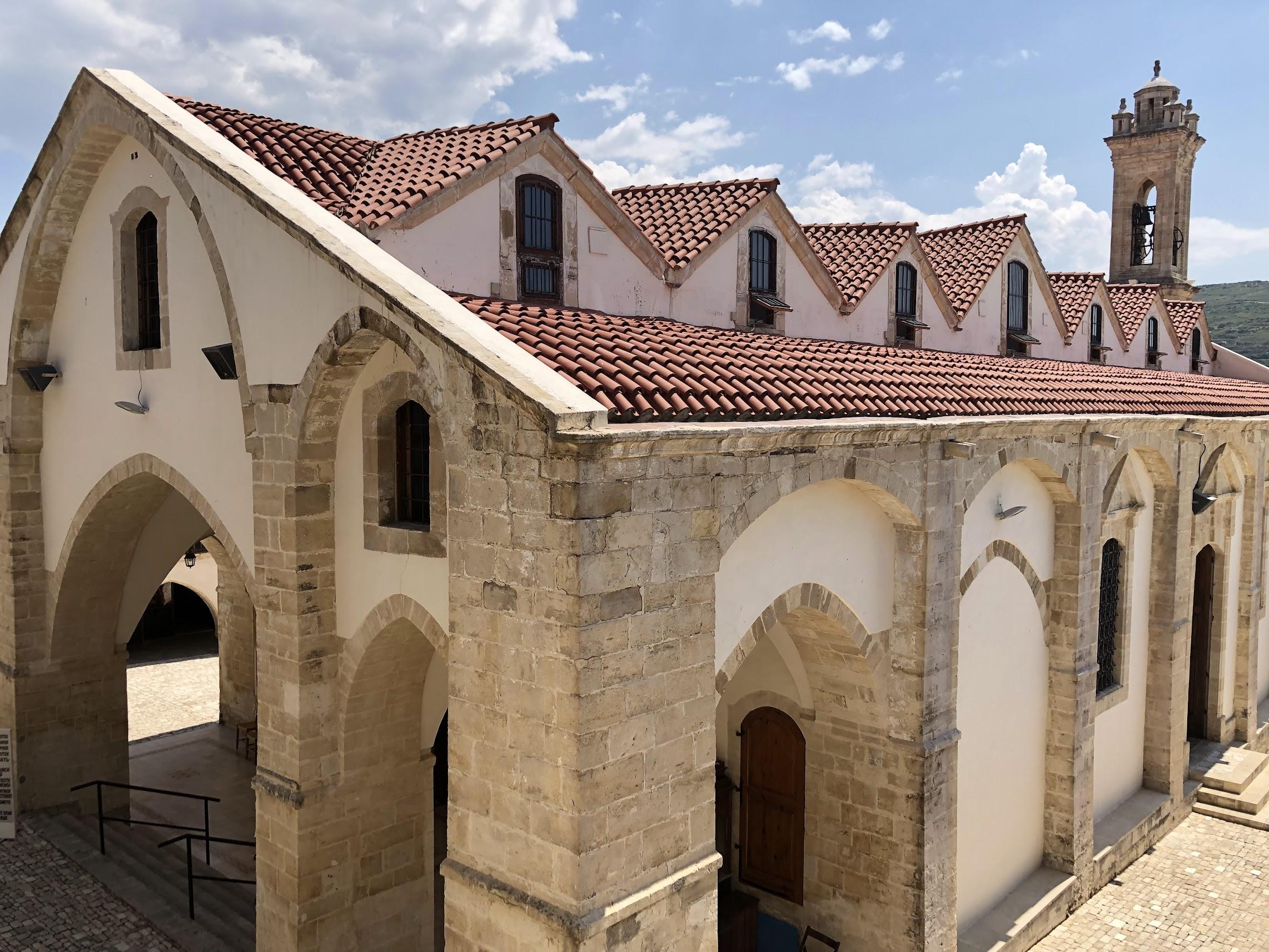
At present, the Monastery of the Holy Cross is not functioning for its intended purpose. However, the Church of the Holy Cross is open to parishioners. The church houses many important relics and has a small museum complex.
Inside the church are priceless relics that attract thousands of worshippers. You can also see holy relics such as the head of the Apostle Philip, the incorruptible relics of the Apostle Barnabas, St John the Baptist, St Hilarion, St Panteleimon, St Procopius, St Tryphon and the great martyrs Marina, Anastasia and Fotini, kept in silver caskets and basins.
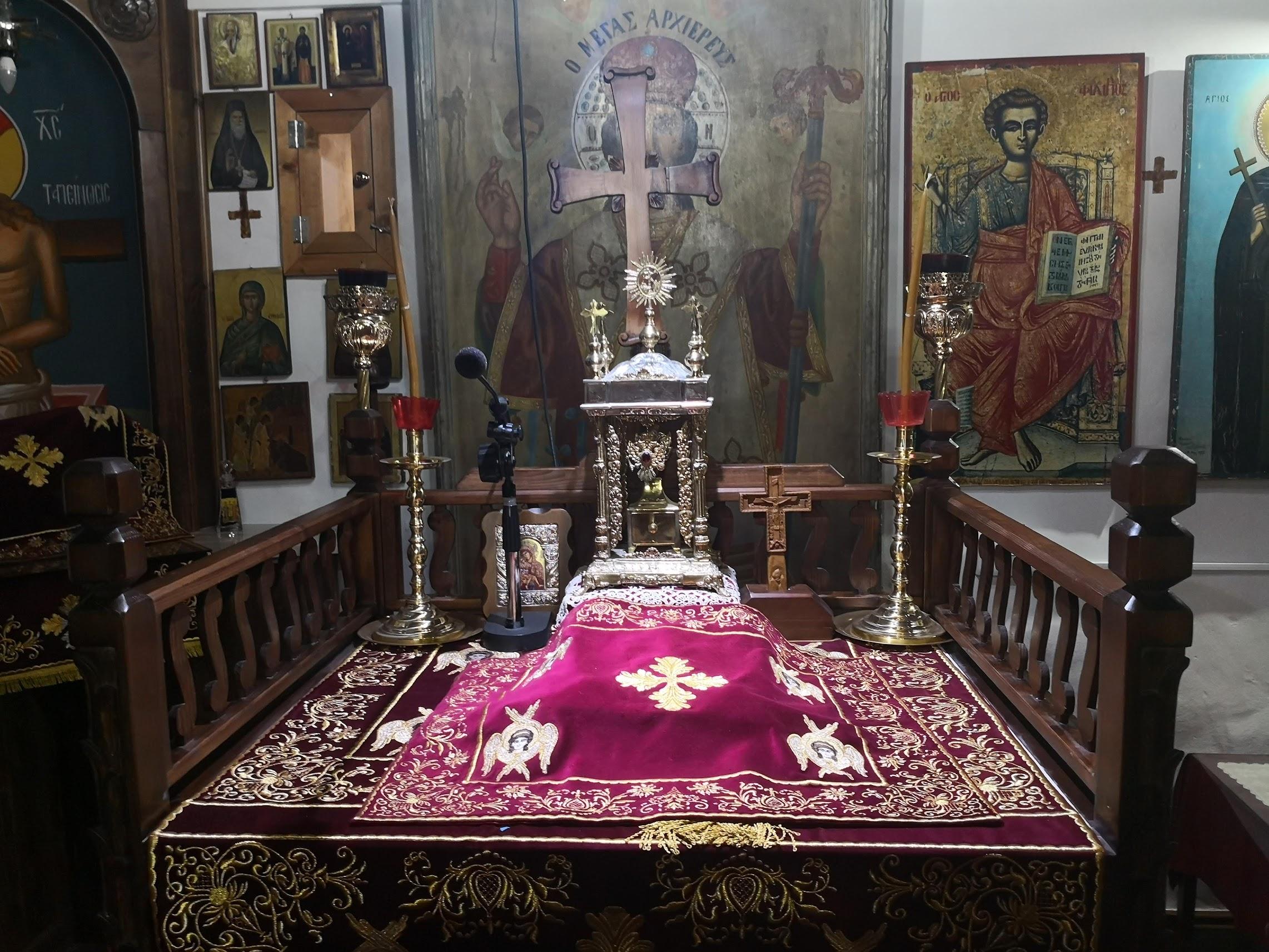
Ayia Napa Monastery
In the centre of the resort of Ayia Napa is a beautiful monastery. In ancient times there was an impenetrable forest on its site. Legend has it that in the ninth century a local hunter found an icon of the Virgin Mary in the thick bushes, with a ray of light emanating from it. After hearing about the discovery, the faithful rushed to the unique relic. On their initiative a church was built here in the XIV century. The icon, and later the area, was called "Panagia Napa", which in Greek means "Virgin Mary of the Forest".

The Monastery of Ayia Napa is one of the few temples in Cyprus that has been preserved in its original form. It was first a men's monastery, then passed to the Roman Catholic Church and became a women's monastery. During the Ottoman rule, the Turks returned the monastery to the Orthodox Church and it became a men's monastery again. At the end of the XVIII century, all the monks left the monastery, but services are still held in the church temple.
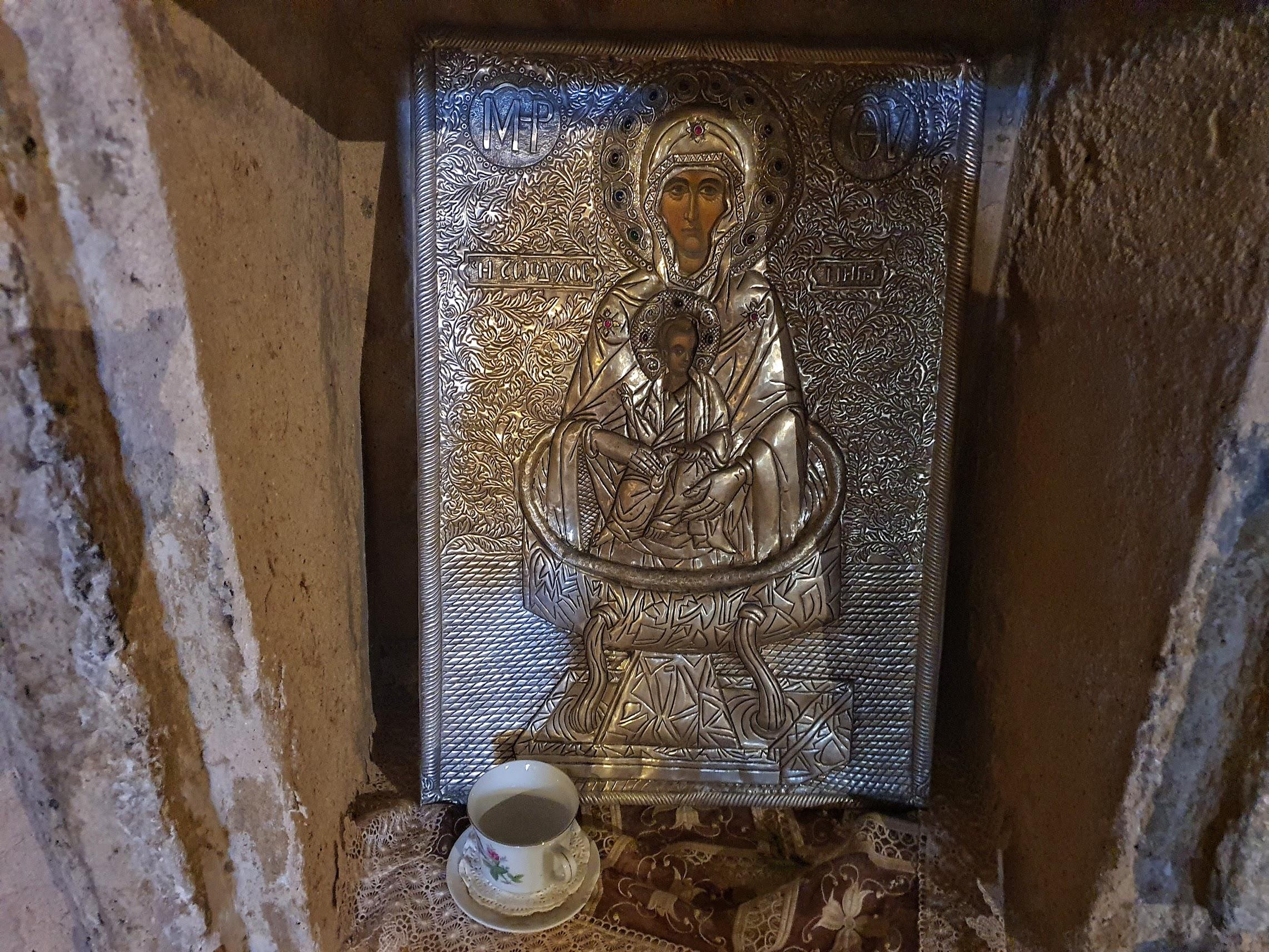
In 1950 the monastery underwent a major renovation and was opened as a museum. One of the main attractions of the complex is an ancient ficus tree that is more than 600 years old. The tree was planted by a beautiful Venetian girl. The girl became a nun to spite her parents who forbade her to marry a poor man. She spent her whole life in the convent of Ayia Napa. When she was very old, the Venetian ordered a pavilion with a fountain to be built in the courtyard of the convent and she was buried there. Whether she rests there or not is not known. However, the pavilion has been preserved in its original form to this day. The monastery is currently being rebuilt.
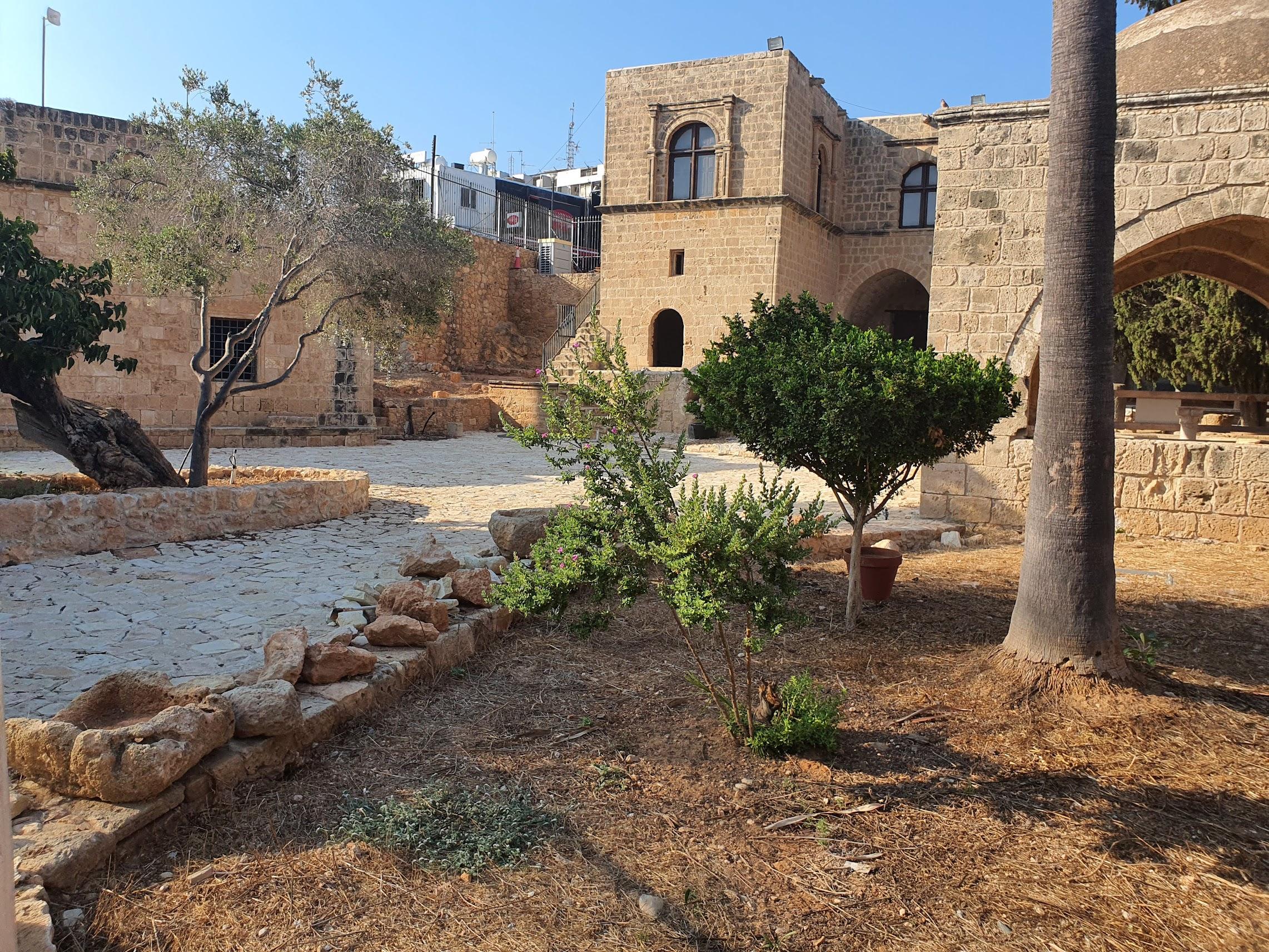
Monastery of Panagia tou Sinti
On the picturesque banks of the river Xeros, near Paphos, is the unique Monastery of Panagia tou Sinti, a UNESCO World Heritage Site. The monastery was built in the XIV century in honour of the Virgin Mary in the village of Sinti, on land that belonged to the Frankish nobleman Gautier de Mouan. It is said that the architect who was in charge of the construction of the building ended up delegating the project to his 14-year-old pupil. He did an excellent job. When the master saw the apprentice's work, he lured him up to the dome of the church, offering him a view of the neighbourhood from above, and pushed him down. The apprentice died and the architect declared himself the author of an unusually beautiful building.
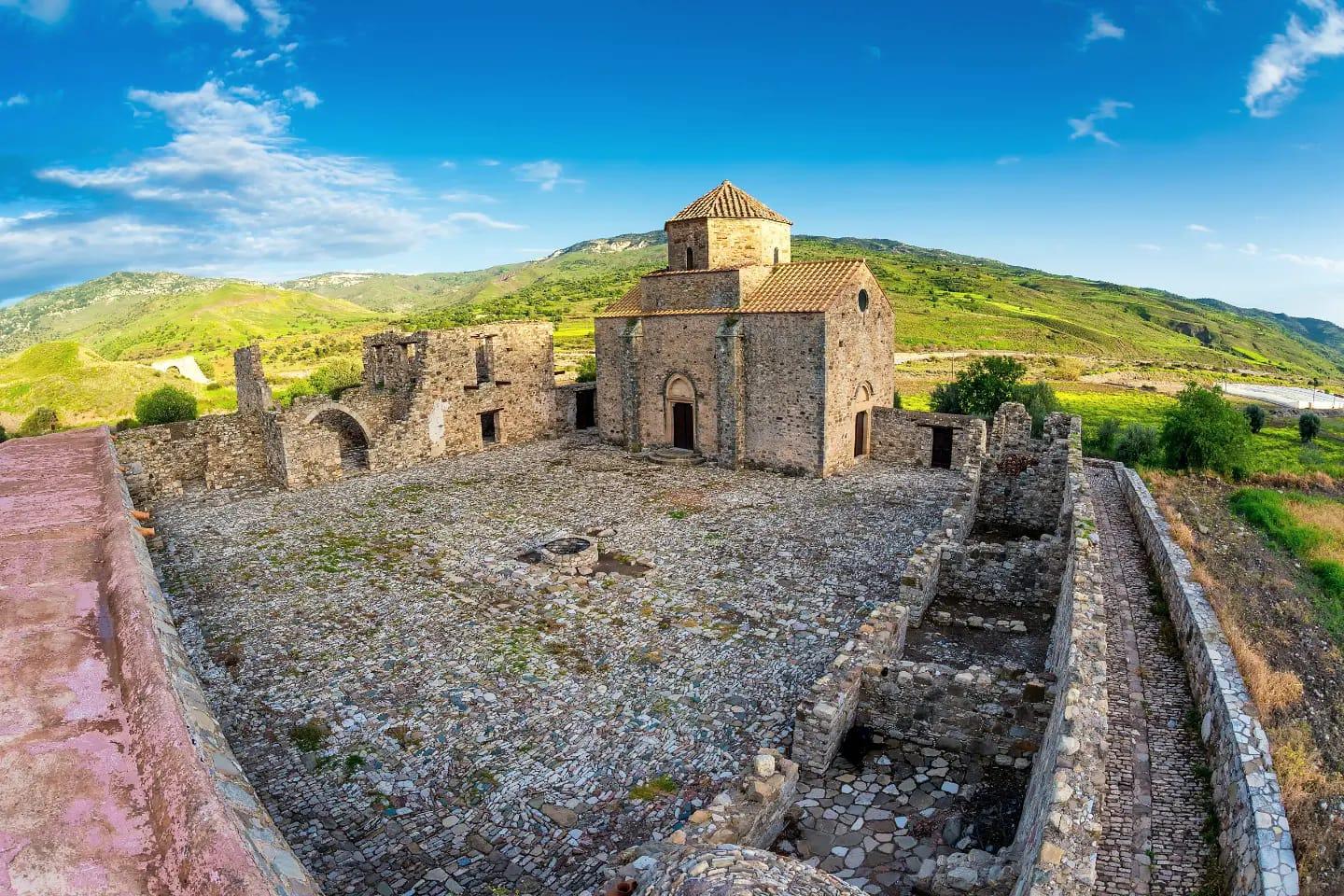
After its discovery, the monastery flourished for about two centuries, with several dozen monks living within its walls. Then it began to change hands: the Romanesque conquerors used the Panagia tou Cinti as a warehouse, the Turks tried to turn it into a mosque. Finally, the Monastery of Kykkos took control of the empty buildings of the sacked monastery. From that moment on, the Monastery of Panagia tou Sinti became its sub-monastery.
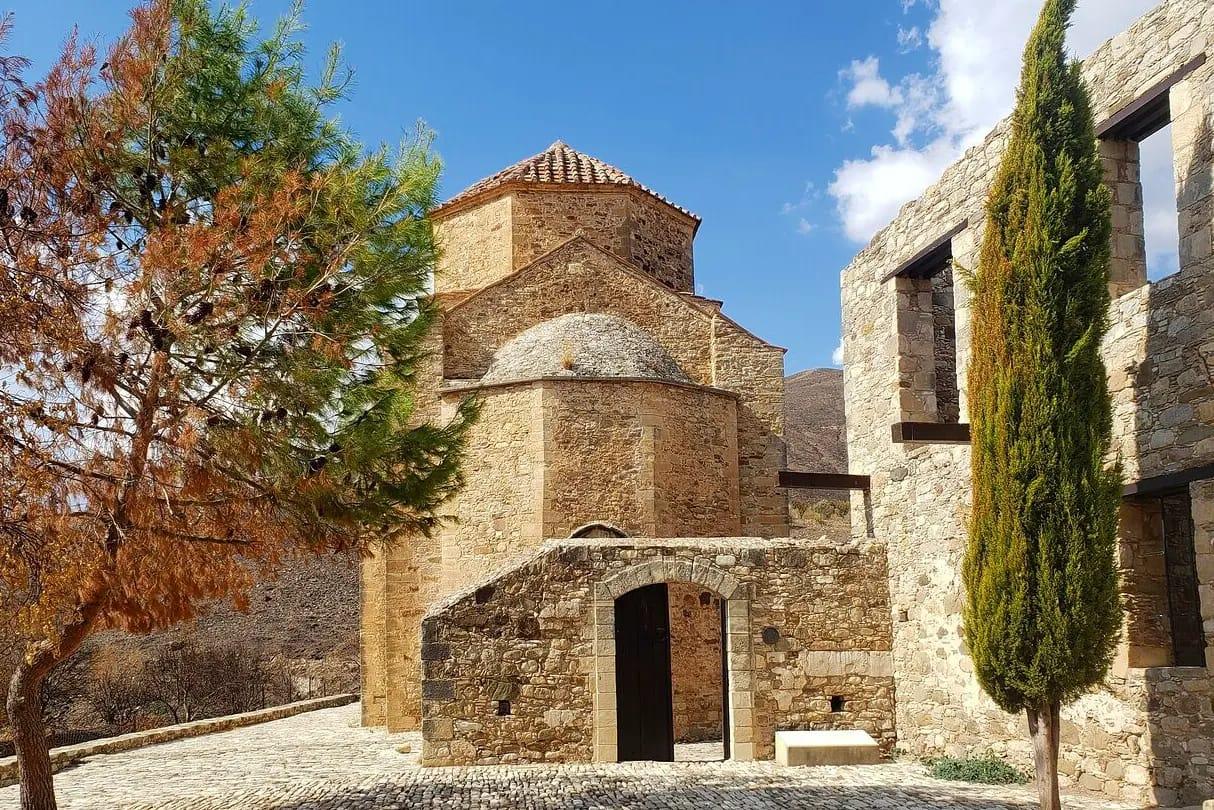
The monastery remained active until 1927. At the beginning of the 50s of the last century, the lands of the monastery were sold to the inhabitants of the surrounding villages. The abandoned monastery gradually fell into disrepair. Some of the buildings collapsed, and the interior of the church, once richly decorated with marble inside and out, suffered. Only the central nave was relatively well preserved. In 1996 the monastery was placed under the protection of the Cypriot government and restored as a valuable historical monument.
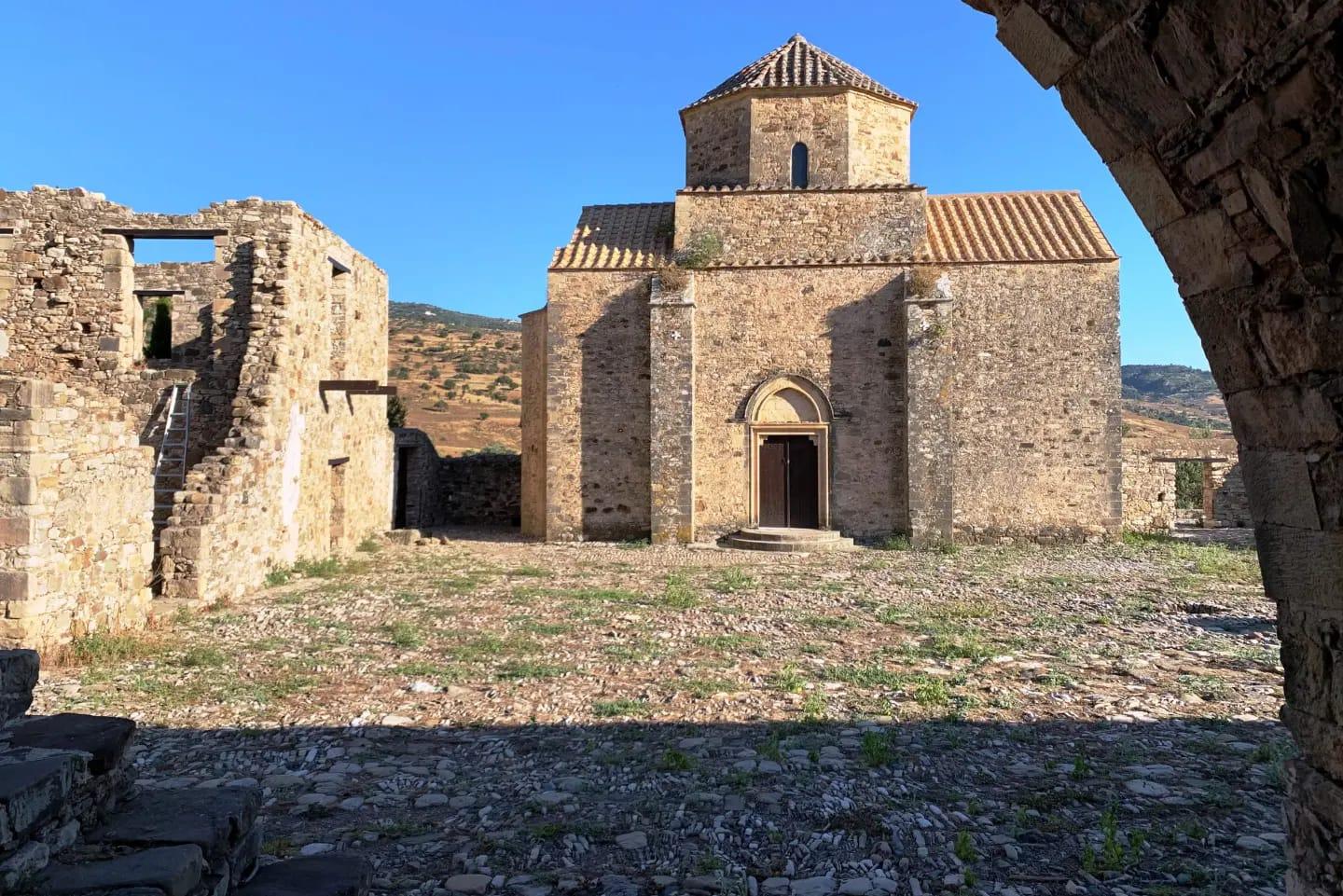
Monastery of St John the Baptist
In the Troodos Mountains, about 4 km east of the village of Platres, in the village of Mesa Potamos, is the Monastery of St John the Baptist. It is an active men's monastery that has been preserved since the Frankish and Venetian rule in Cyprus. According to the locals, the Monastery of St John the Baptist was founded in the 12th century. However, the first written mention of it dates back to the 15th century. Like many other monasteries in Cyprus, it has seen periods of prosperity and decline. The history of the monastery is quite turbulent. It was destroyed several times and the monks left the complex at the beginning of the 20th century. In 1914, a hotel was opened in the restored buildings of the monastery, which operated until 1960. The buildings were then abandoned for a long time.
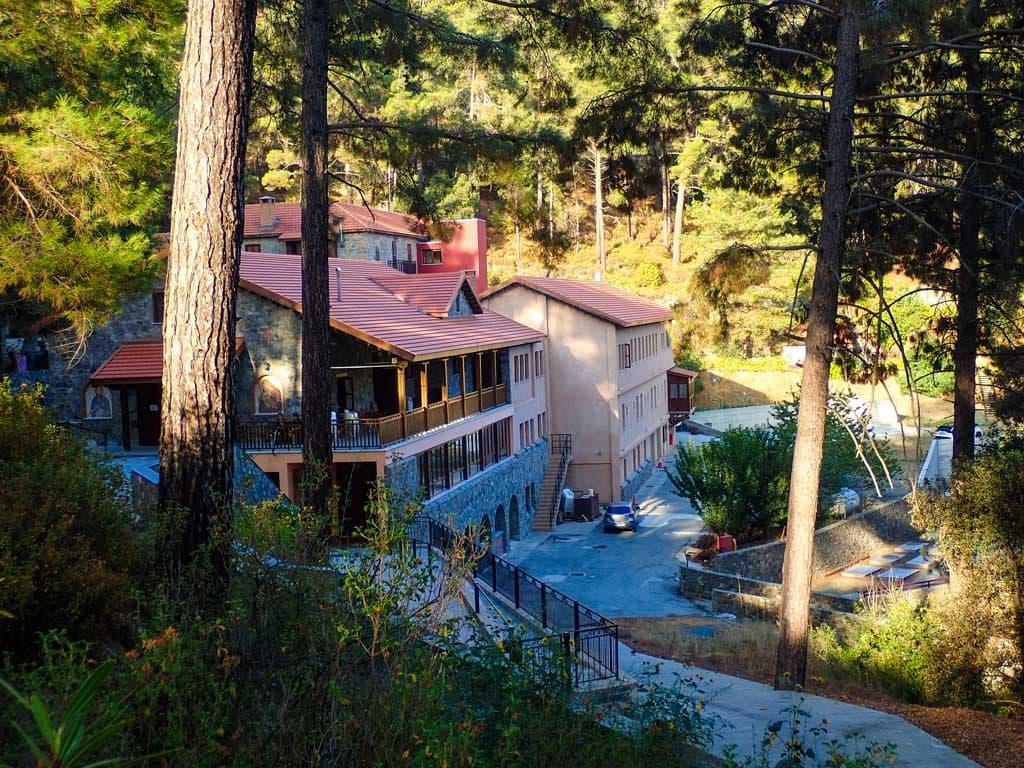
It was not until the 1980s that the long and difficult process of restoring the monastery began, which was successfully completed in 2003. The monks returned to the monastery in 2005. Today they make a living from growing crops and raising animals. The stunning Mesa Potamos waterfall and the Argolahania picnic site are close to the monastery and are a must-see if you are in the area.
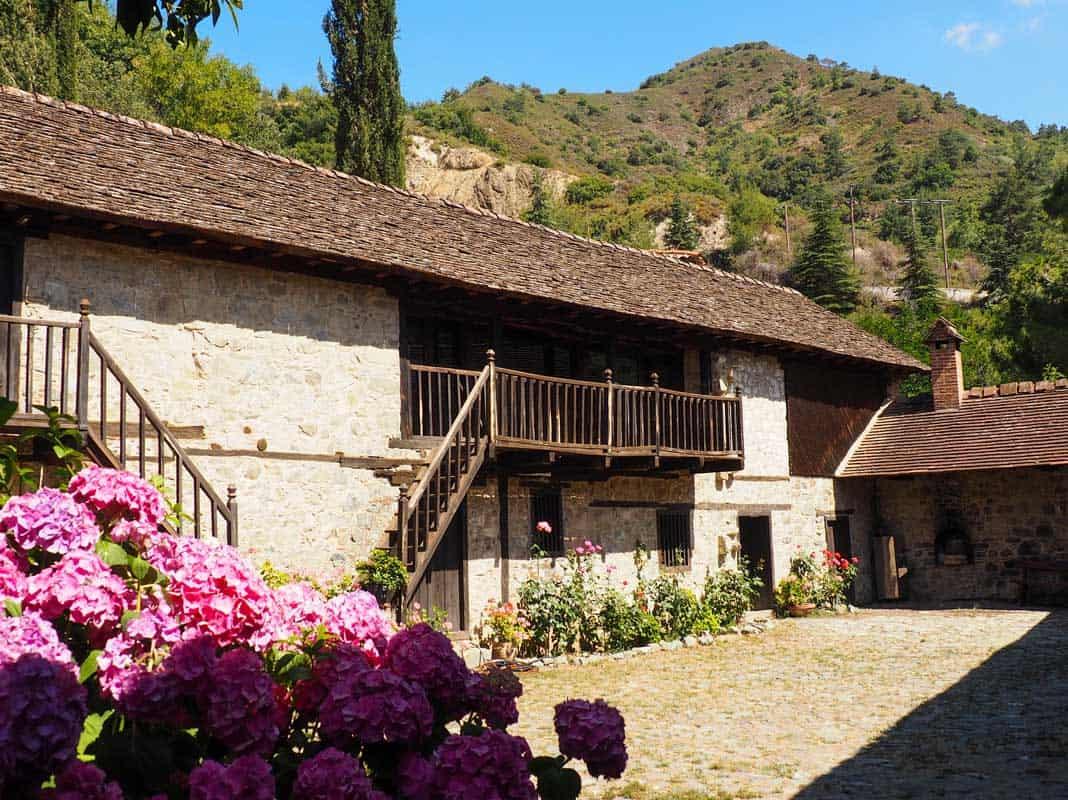
Monastery of Saint Neophytos the Hermit
Not far from the village of Tala in the Paphos area is one of the most important Orthodox monasteries in Cyprus - the Monastery of Saint Neophytos the Hermit. It was founded in 1159 by the hermit monk Neophytus. Neophytos was born in 1134. His dream was to live an ascetic life away from people. At the age of 25 Neophytus found a cave near Paphos. In a year of hard work he built a small church and a cell in which he later even dug himself a grave.

Neophytos lived in this way, organising his life, for about 7 years until the Bishop of Paphos heard of him. At the beginning of 1166, Bishop Basil Kinnamos offered Neophytos the priesthood and his disciples as assistants. Neophytos resisted for four years, but finally agreed. Gradually his dwelling became a skete with a small number of brothers and then a monastery, living the ideals of the hermitage. New monastic cells were built in the rock and in 1187 Neophytus wrote the first charter of the monastery.

In time, the monastery became so overcrowded that Neophytus decided to dig himself a new cell high above the skete, which he named New Zion. And in order to be able to take part in the divine services, he built another cell above the church of the skete, called the Sanctuary. So Neophytus spent the rest of his life practically alone, reading books and visiting his disciples only on Sundays. Neophytus lived until he was about 85 years old and was buried in the grave he had dug for himself, according to his own will. The Monastery of Saint Neophytus the Hermit is a truly unique place that I highly recommend you visit!
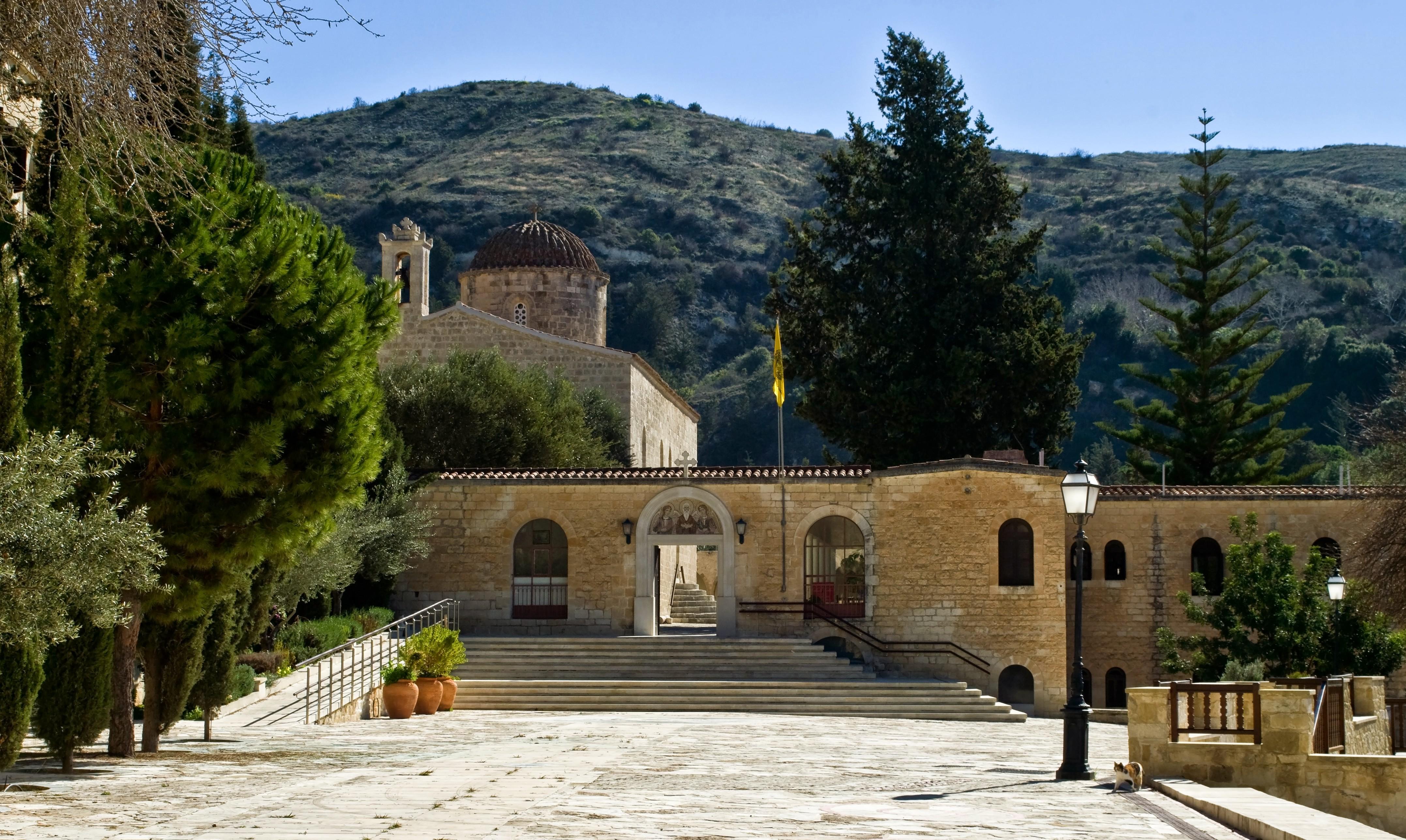
Read also:
- Self-employment in Cyprus: pros, cons and how to get started?
- Cyprus Weather Forecast: Current Temperature and 10-Day Average for Nicosia, Limassol, and Paphos
- Lost property sale and purchase agreement - what to do?
- Interview with Irina Eroshenko, a leading broker of the DOM Real Estate Agency
- How do I get my electricity and water deposit back in Cyprus?

